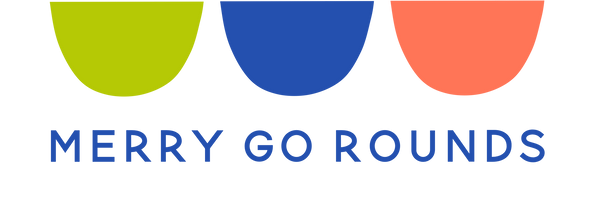
6 Books to Teach Your Kids about Indigenous Heritage
Share
Indigenous people are the native people of a particular land. Indigenous culture and presence are woven deep within the fabric of our nation.
November is Native American Heritage Month, and in honor of that and Indigenous People’s Day (observed on the second Monday of October, in lieu of Columbus Day), we’ve compiled a list of six children's books that honor Native American culture.

1. We Are Still Here!: Native American Truths Everyone Should Know
Written by Traci Sorell
Illustrated by Frané Lessac
Recommended Age Range: 7-10 years
We Are Still Here! reminds us that Indigenous people are an integral part of America's present and future. This educational book is written from the perspective of multiple students presenting the challenges that Indigenous people have endured. This book is a perfect foundation to begin meaningful conversations with your child.

Written by Richard Van Camp
Illustrated by Julie Flett
Recommended Age Range: Baby - 2 years
This board book is a beautiful addition to story time with your little ones. It's filled with the close love of parent and child. With its adorable and engaging illustrations, it is sure to hold your little one's attention.

Written by Katherena Vermette
Illustrated by Scott B. Henderson & Donovan Yaciuk
Recommended Ages: 12-14 years
This graphic novel follows the journey of Echo, a Métis girl navigating major life changes as a teen. The amazing visuals transport readers along with Echo throughout the story as she explores the long history of her Métis community. A perfect educational read for the late middle schooler or high schooler.
*Métis is an Indigenous group native to Canada.

4. Fry Bread
Written by Kevin Noble Maillard
Illustrated by Juana Martinez-Neal
Recommended age: 2-6 years
Fry bread is a historically significant and symbolic food in Native American cultures. During the 1800's, when the Navajo tribe were forced to move out of their land in Arizona and onto new land in New Mexico, they no longer had access to the vegetables and beans that they were accustomed to. They were given ingredients such as canned food, flour, lard, and sugar, and with them they learned to create a new dish, often made on a skillet, known as "fry bread."
This is an excellent book to read with your children or classroom. It highlights a close Indigenous family, with the central theme of making and sharing fry bread, as they look back at their history, and their present.
There is even a recipe to make your own fry bread!

5. Everything You Wanted to Know About Indians But Were Afraid to Ask: Young Readers Edition
Written by Anton Treuer
Recommended Age: 12 years and up
This book is an amazing resource for both children and parents alike! It's written as if you are sitting across from the author, Anton Treuer, who is an ambassador for his Indian ancestry. Through the pages of this book, you'll feel like you’re having an open and honest conversation with Anton himself. He answers a wide range of common questions non-Natives have about Indigenous people, which allows the reader to become a better, more empathetic, and well-informed neighbor.
This book should be a go-to read at every school.

6. My Heart Fills with Happiness
Written by Monique Gray Smith
Illustrated by Julie Flett
Recommended Age: Baby - 2 years
This cute board book takes the reader through all the things that bring the character joy. From baking bannock (a traditional Indigenous Canadian bread), singing with a loved one, to walking barefoot on the grass. It's sure to put a smile on the face of your little one, as they themselves reflect on what brings them happiness.
It’s never too early to begin teaching your child about the Indigenous people of America and the lands that surround us. Through asking questions, listening to various perspectives, and seeking education, both Native and non-Native folks can develop a better understanding of Indigenous culture and what it means to honor and uplift the Indigenous community.
